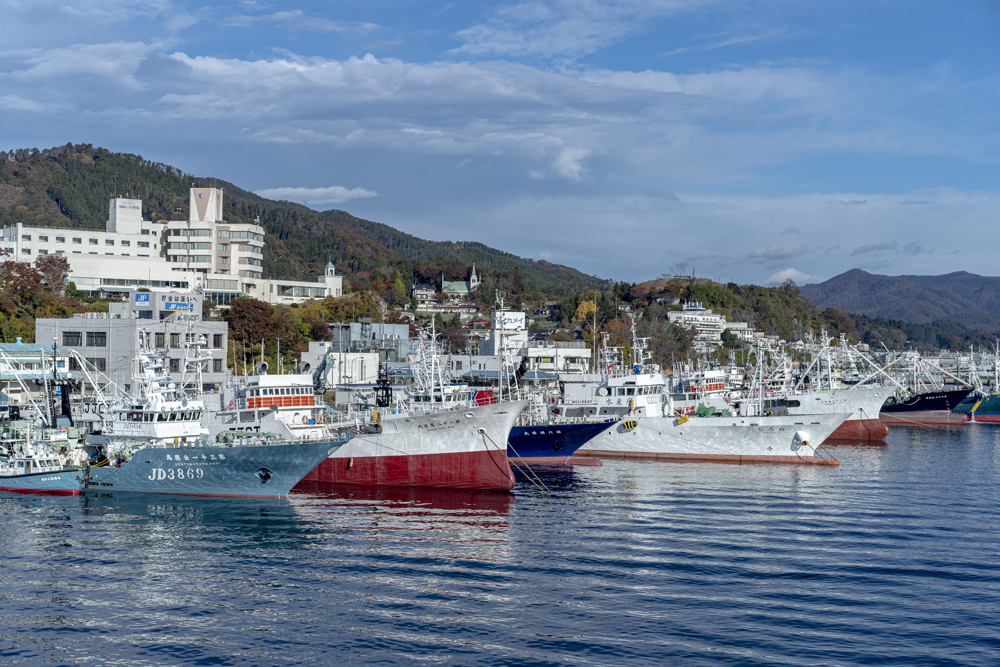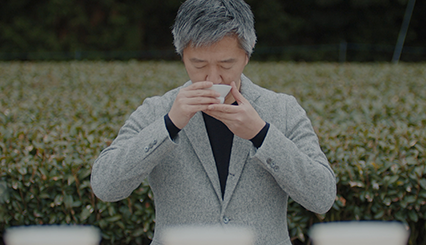CASE STUDY
Search by area
Search by keyword
- All
- Ryotei & Restaurants
- Lodging/Hotels
- Producers
- Technology
- DX (Digital) & SNS
- City Planning
- Utilization
- Gastronomy and Culinary
- Japanese Nature
- Japanese history and traditional culture
- Japanese Food Culture
- Agriculture
- Fisheries
- SDGs
- Local production for local consumption
- Foreigner Activation
- Experience
- Overseas Expansion
- Fermentation
- Public-private partnerships and collaborations
- Sake
- Community Revitalization
- Spirituality
- Japan of the Sea
- Mountain Japan
VIEW ALL
-
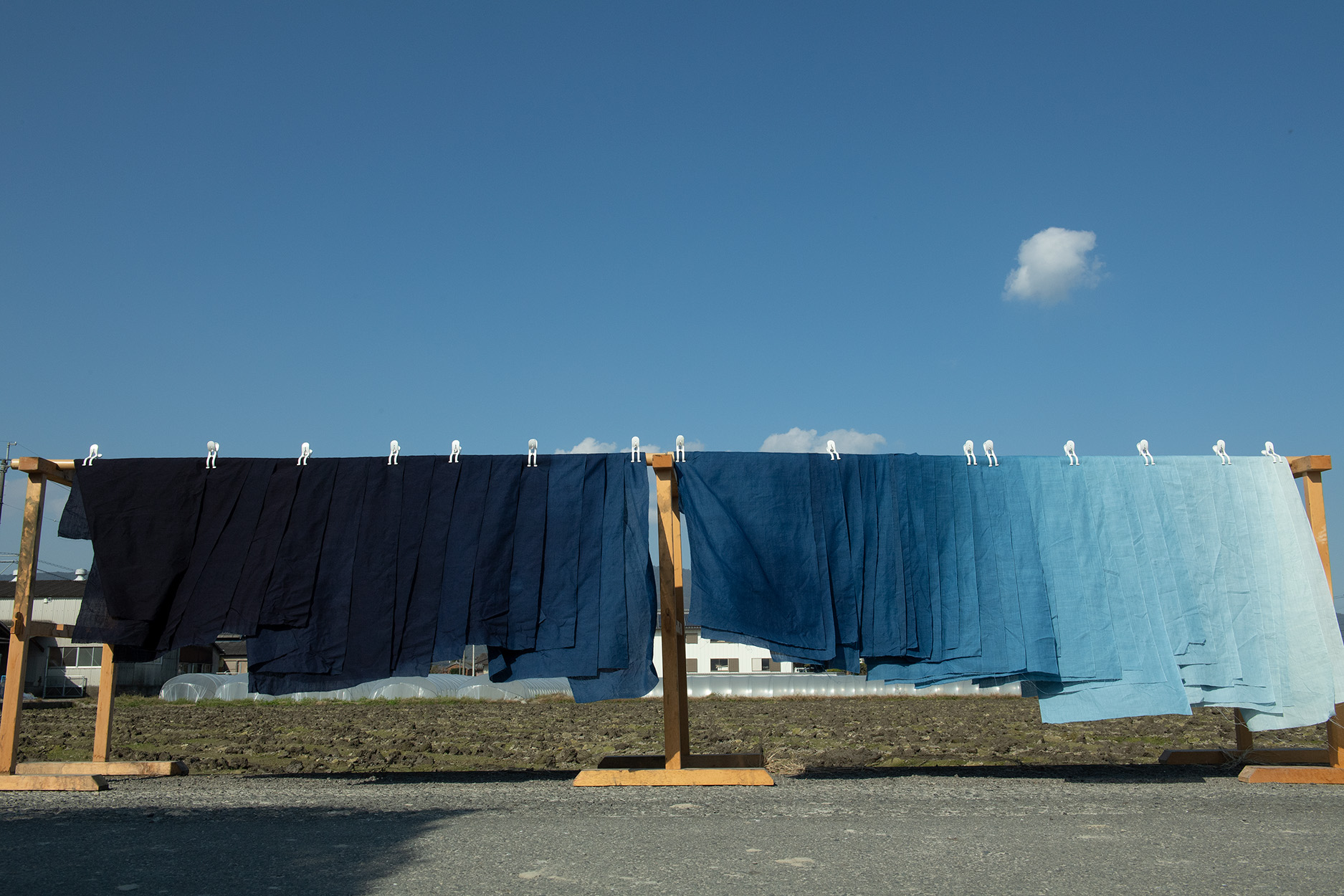
Chugoku
24 Living Alongside Indigo. New Stories from Tokushima Featuring Japan Blue.
Japan Blue is a variety of the indigo color that is highly sought after worldwide. The plants used for indigo dyeing can be found throughout the world, and their history can be traced back approximately 4,000 years to ancient Egypt. Verses mentioning indigo can also be found in the ancient Manyoshu book of Japanese poems, suggesting that indigo dyeing began to spread across Japan from the Nara and Heian periods.<br> Today, the indigo color is known for its use in jeans, for example, but the majority of this indigo is synthetic, with only a few manufacturers using natural indigo dyeing methods. Much of the indigo found in Tokushima, however, is produced naturally. Moreover, in addition to its use as a dye, indigo in Tokushima has long been a familiar food. There is a saying that indigo craftsmen never get sick, and due to its nutritional value and functionality, in recent years it has been garnering significant attention as a so-called superfood. Rethinking the possibilities for indigo from diverse perspectives, a new generation of individuals from Tokushima are kickstarting new indigo movements.
Read more -
Kesennuma City in Miyagi Prefecture is surrounded by sea and mountain, and its port has landed the largest volume of katsuo, or bonito, in Japan for 25 consecutive years. During the 2011 Tohoku earthquake, however, the area in and around the city suffered huge damage. Now, Kesennuma is transforming into an attractive city with new ambition. With the worldwide support,the development is thanks to locals who rediscovered their city’s attractions and developed a strong desire to the reconstruction, and new individuals from outside who sympathized with the city’s passions. Today, both born and bred locals and supporters from outside the city are working together to create an integrated regional model. Welcoming outsiders with open arms and respecting diversity—speaking to those engaged in the creation of a new Kesennuma has helped to shine a light on the strategies and ideas involved.
Read more -
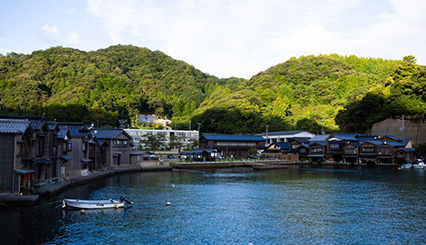
Kinki
14 Lifestyles in Close Proximity to the Sea.An Area that Brings Together Sustainable Development and Unique Attractions—Ine Town
Ine Town, located in the northern part of Kyoto Prefecture, is known for its funaya, or wooden boathouses. One of the most scenic spots in Japan, the town is frequently used as a filming location for movies and TV dramas. Visitors to Ine Town can experience what it is like to live closer to the sea than anywhere else in Japan. The sea and the fish within it could not be any closer. What is the best way to communicate the unique charms of Ine Town to the wider world? Today, the ideas of Ine locals are gradually taking shape. Be it initiatives to promote the area’s unique seasonal delights, including early summer oysters, autumn squid, and winter yellowtail; accommodation limited to one group per day where guests can fully enjoy being right next to the sea; or new tourism projects to further vitalize the town. Locals are steadily making progress toward the future while balancing the history and nature of Ine Town with entirely new elements.
Read more -

Chugoku
9 The Importance of the Capacity to Change
Otafuku Sauce is currently engaged in efforts to communicate the appeals of konamon (flour-based) dishes in Europe, the US, and Asia, and in turn to drive exports of its sauce products. Although to date the company has developed new sales channels through face-to-face sales activities, during the COVID-19 pandemic, these methods these methods were no longer viable. “If we cannot connect with our overseas customers, we cannot survive”—this was the message from general manager of the overseas sales department Hwisung Hong and his team. In response, they sought to develop new sales channels through online cooking classes and YouTube videos, and as a result they achieved a 40% year-on-year increase in overseas sales. The secret to the team’s success was their joint work with TSS Production, a company that supports the development of overseas sales channels through content production. Through the use of media, even regional companies can connect directly with overseas retailers and consumers to open up new channels. Below we delve further into this success story.
Read more -

Kita-Kanto
7 Become a Kurabito. Enhancing the Value of Japanese Sake through a New Form of Sake Brewery Tourism
KURABITO STAY and Kitsukura Shuzo have teamed up to offer a completely new sake tourism program within the grounds of a 330-year-old sake brewery. This new program enables visitors to stay at a renovated, century-old lodging that was used by former kurabito, or sake brewers, at the Kitsukura Shuzo sake brewery in Saku, Nagano Prefecture. In addition to enjoying locally produced sake and delicious local dishes during their stay, guests can take part in the sake brewing process. It is an activity that fans of Japanese sake will want to experience at least once. Held on weekends only, since its launch in March 2020, the special program has been so popular among guests that some have even come back for more. KURABITO STAY, Inc. is the company responsible for developing and running the program. President Marika Tazawa’s aim is to boost sake-related tourism, engage in new branding activities for sake breweries, and promote tourism that brings joy to everyone involved.
Read more -
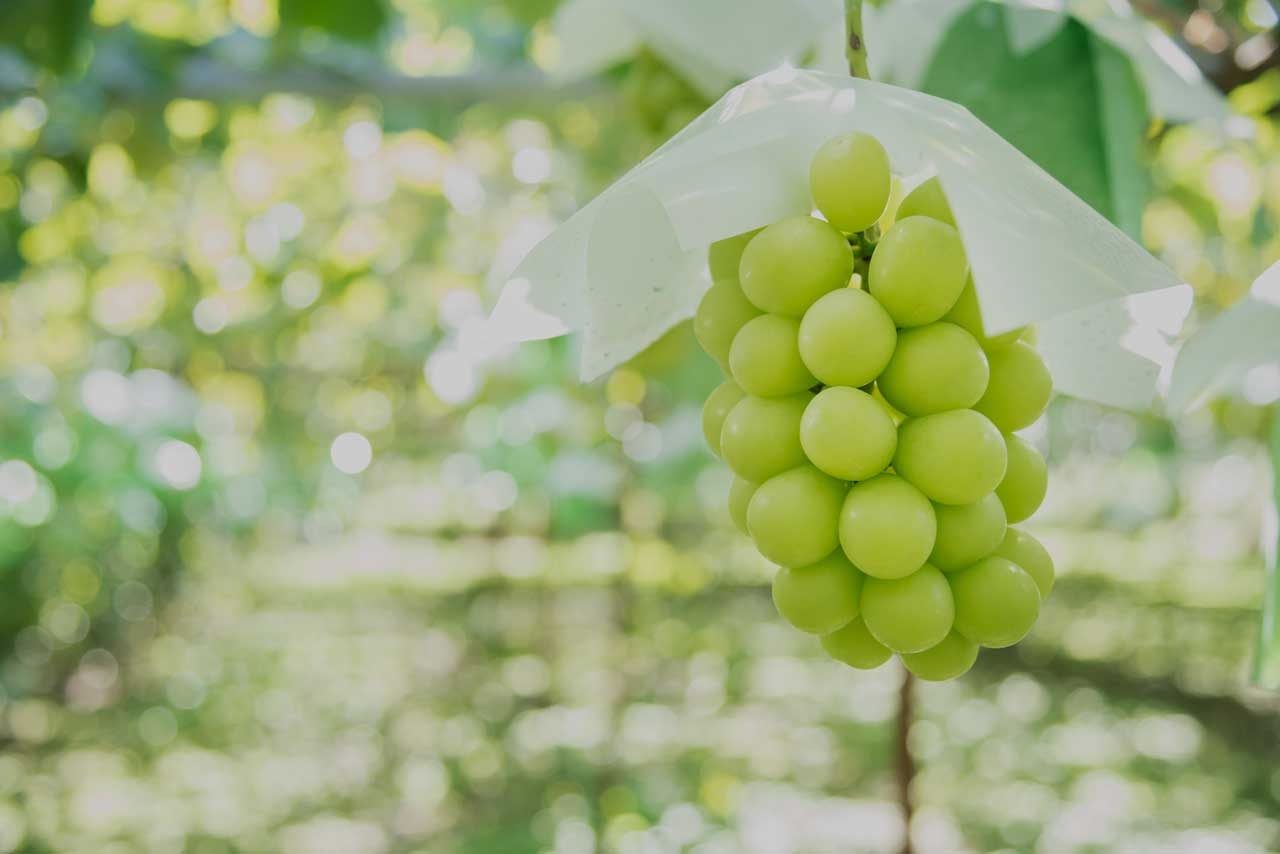
Kita-Kanto
6 Year-long Grape Production in the Northern and Southern Hemispheres to Transform Japanese Agriculture and Create New Lifestyles
Japanese fruits are world-renowned for their high quality. Behind the scenes, however, the fruit industry in Japan is facing numerous challenges, such as the aging and ensuing decline in number of producers and the rise in competition with other countries. GREENCOLLAR, an in-house venture company from Mitsui Fudosan, was established in 2019 as part of Mitsui Fudosan group’s new business proposal system, MAG!C. GREENCOLLAR’s business is to cultivate Japanese table grapes in Japan and New Zealand, two countries with opposite seasons, and to sell them around the world. In addition to tackling social challenges through its business, GREENCOLLAR is proposing a completely new lifestyle that is neither white collar nor blue collar, but “green collar”.
Read more -
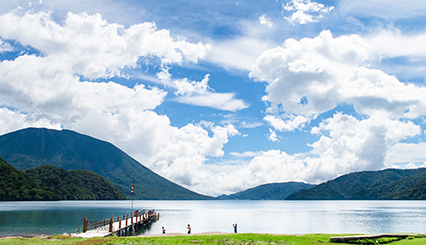
Kita-Kanto
5 Local Tochigi Culture and Ingredients at The Ritz-Carlton, Nikko
The Ritz-Carlton, Nikko opened in July 2020 on the shores of Lake Chuzenji in Okunikko. The luxury hotel sits in an area that is home to the shrines and temples of the Nikko area—where also have been designated a UNESCO World Heritage Site—abundant natural surroundings, rich culture, and ancient history and tradition. Today, it has grown into one of Japan’s leading and often fully-booked hotels. Interestingly, Okunikko in Tochigi Prefecture is recognized to be Japan’s oldest holiday resort, and is now host to a cutting-edge facility in The Ritz-Carlton, Nikko. In addition to its globally acclaimed level of service, the hotel has garnered attention for the thorough harmony and coexistence it has sought to achieve with the area through the creation of business ecosystem, be it in the food, guest activities, or the interior design and finer details.
Read more -
Straddling the Shiota River in Ureshino, Saga Prefecture, the Wataya Besso hotel complex spreads across the 66,000-square-meter property to offer several hot spring baths, restaurants, and a large number of luxurious guest rooms. Even before the COVID-19 pandemic struck, long-established onsen ryokan (traditional hot-spring inns) across Japan had been struggling to survive changes in society and people’s tastes. Faced with these challenges, Wataya Besso’s industry-leading initiatives are gaining attention. We talked with CEO Yoshimoto Kohara, the visionary behind innovative projects which extend beyond normal ryokan operations, including a new workcation office program that integrates all the best aspects of the ryokan, and an initiative in which the hotel serves as a hub for promoting the charm of the local area.
Read more
記事検索
キーワードから探す
- すべて
- Ryotei & Restaurants
- Lodging/Hotels
- Producers
- Technology
- DX (Digital) & SNS
- City Planning
- Utilization
- Gastronomy and Culinary
- Japanese Nature
- Japanese history and traditional culture
- Japanese Food Culture
- Agriculture
- Fisheries
- SDGs
- Local production for local consumption
- Foreigner Activation
- Experience
- Overseas Expansion
- Fermentation
- Public-private partnerships and collaborations
- Sake
- Community Revitalization
- Spirituality
- Japan of the Sea
- Mountain Japan
VIEW ALL


